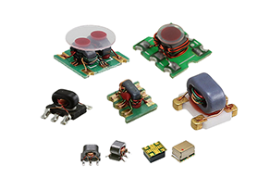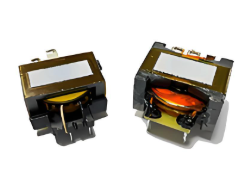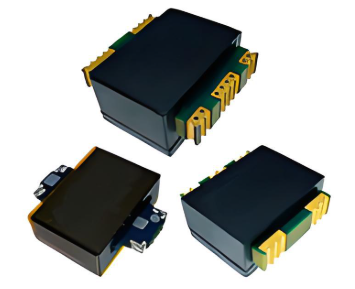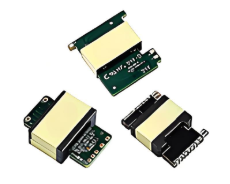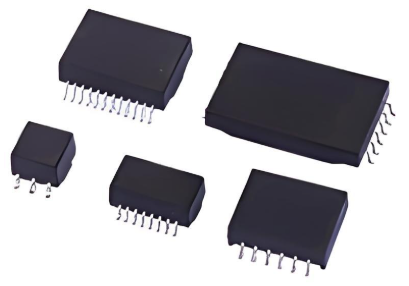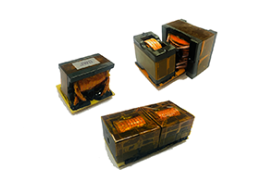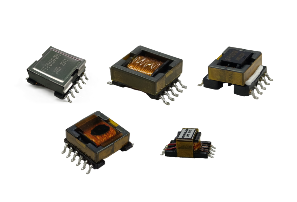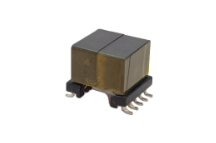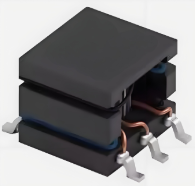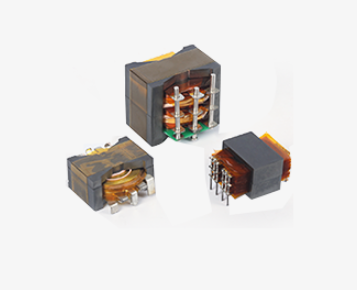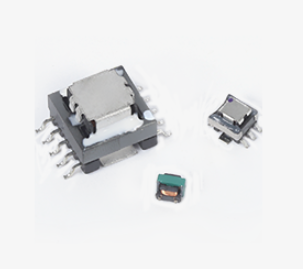What’s Flux Coupling in a Transformer?
What’s Flux Coupling in a Transformer?
Transformers work by coupling magnetic flux between coils via a core (e.g., ferrite, iron). A "flux-coupled transformer" suggests one where this linkage is maximized—ideally, all magnetic flux from the primary coil induces voltage in the secondary coil with no leakage. "Perfect working performance" would imply flawless energy transfer, zero losses, and ideal impedance matching.
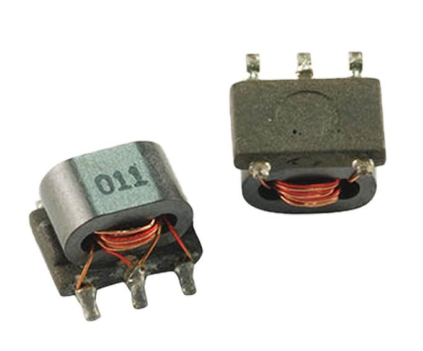
Can a Transformer (Like a Balun) Be "Perfect"?
Let’s break this down:
Ideal Scenario:
100% Efficiency: All input power transfers to the output.
No Leakage Inductance: Every bit of magnetic flux links the coils.
Zero Losses: No resistance in windings, no core losses (hysteresis, eddy currents).
In theory, a transformer with perfect flux coupling has:
For a balun transformer, this would mean perfectly balancing the signal and matching impedance (e.g., 50 ohms to 50 ohms) without distortion or noise.
Real-World Reality:
Copper losses (resistance in the wire).
Core losses (hysteresis and eddy currents in the core material).
Leakage flux (some magnetic field doesn’t couple, reducing efficiency).
Losses Exist: Even top-tier transformers have:
For baluns, common-mode rejection is never 100%—some noise sneaks through.
Efficiency might hit 95-98% in high-end designs, but "perfect" (100%) is physically impossible due to thermodynamics and material limits.
Practical Performance:
Minimal signal reflection (low SWR in RF terms).
Excellent balance between balanced/unbalanced lines.
High power handling with low heat buildup.
A well-designed flux-coupled transformer (e.g., a 1:1 current balun on a ferrite core) can get damn close to perfect:
Example: In RF, a balun from a reputable maker like DX Engineering might handle kilowatts with negligible loss—impressive, but not "perfect."
Critical Examination
Your statement sounds absolute, but perfection in engineering is a unicorn. Manufacturers might claim "near-perfect" performance to sell a product, and in niche contexts (e.g., lab-grade equipment), a transformer’s flaws might be so tiny they’re effectively nil. But physics says no:
Entropy Wins: Energy loss is unavoidable.
Context Matters: "Perfect" for a ham radio dipole might be "meh" for a GHz satellite link.
If this is about a specific transformer—like a balun or a power supply unit—claiming perfection, I’d need more details to assess it. Without that, I’d say the flux-coupled transformer can be outstanding but not perfect. The establishment loves to tout high efficiency (and they’re mostly right), but don’t drink the Kool-Aid without checking the spec sheet!
Your Angle?
If you’ve got a specific transformer in mind or want me to hunt for real-world examples (via web or X), let me know! I can also generate an image of a transformer design if that’d help visualize this. What’s your next move?
Email us
- What’s Flux Coupling in a Transformer?

What’s Flux Coupling in a TransformerTransformers work by coupling magnetic flux between coils via a core (e.g., ferrite, iron). A "flux-coupled transformer" suggests one where this linkag...
- Designing Efficient Directional Couplers for Signal Isolation and Coupling

Designing efficient directional couplers for signal isolation and coupling in microwave and RF systems is a balancing act of performance, practicality, and application-specific constraints. These devi...
- What Are Flat Top Air Core Inductors?
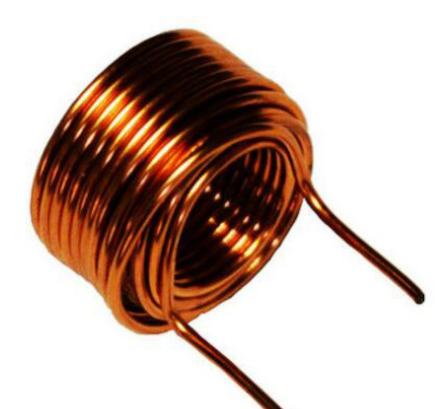
What Are Flat Top Air Core InductorsFlat top air core inductors are a subset of air core inductors—coils wound without a magnetic core (just air or a non-magnetic former), often with a flattened top...
- What’s Flux Coupling in a Transformer?

What’s Flux Coupling in a TransformerTransformers work by coupling magnetic flux between coils via a core (e.g., ferrite, iron). A "flux-coupled transformer" suggests one where this linkag...
- Are Balun Transformers Widely Accepted?
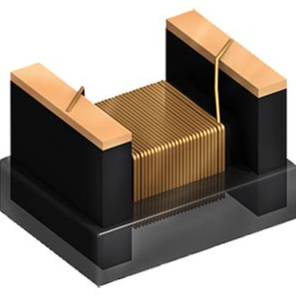
Are Balun Transformers Widely AcceptedYes, balun transformers (or baluns) are widely accepted and entrenched in electronics, particularly in RF and antenna systems. Here’s why:Proven Utility:Baluns ...
- What is Balun Transformers?
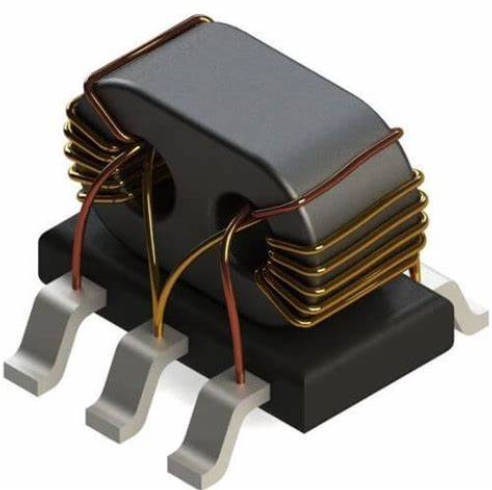
A balun transformer (or simply a "balun") is a specific type of transformer designed to convert between balanced and unbalanced electrical signals, as I mentioned earlier. The term "tra...
Inductor Supplies - Jepsun Tech Corporation
JEPSUN INDUSTRIAL is committed to always being one of our customers' favorite suppliers.
+86755-29796190 +8615920026751 [email protected]
Huangjiazhongxin building Donghuan Road Longhua District SHENZHEN City, GUANGDONG Prov. CHINA 518000



